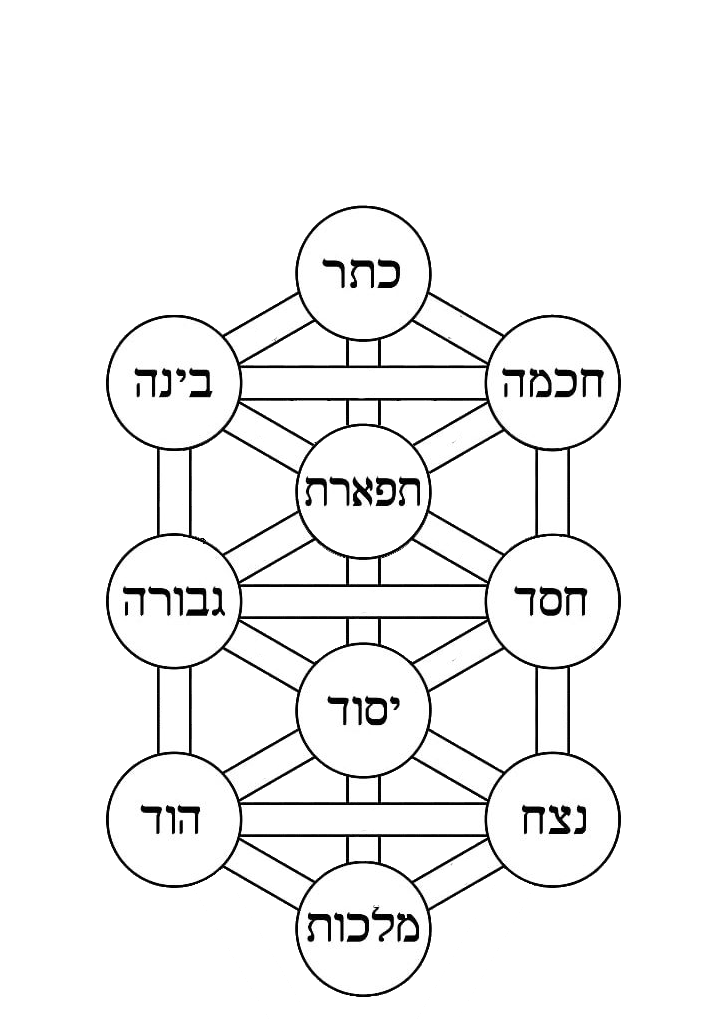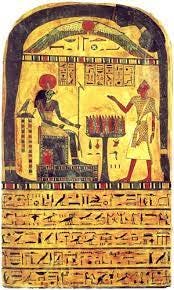This is Part 2 of a series. It’s probably best to read Part 1 first, but that’s up to you.
The most common image of the Tree of Life is not an image of Eden nor the intact macrocosm, but rather an image of the Fall itself. It is an image of what Walker Percy would have called the “aboriginal catastrophe” waiting to be restored. The conventional Tree of Life is a depiction of the Shekinah in exile, our point of departure.
Like a diagnosis from a wise physician, the Tree of Sephiroth suggests a lot of what’s wrong with our current condition and perhaps hints at some behavioral changes we might make to help remedy our situation. Some people are content with resigning themselves to the world in its disrepair; others seek to repair the world by aspiring to the worlds above. Let us pursue an infinite approach to divinity, not across time in history, but through an endless ascent into eternity.
Fallen Tree of Life
Malkuth, Kingdom, who is the Shekinah herself, is banished to the underworld. When we believe the kingdom of God is outside us.
Yesod, Foundation, the spiritual-erotic impulse, falls to the gonads.
Tiphareth, Beauty, the sense of beauty, is limited to subjective sympathies and antipathies.
Da’at, Knowledge, is a false Sephira. It is empty — vanity of vanity. Dead, dry, cold thought. Endless discursive reasoning. By default, though not by right, Da’at is loveless knowledge, which is heartless power:
“If I speak in the tongues of men and of angels, but have not love, I am a noisy gong or a clanging cymbal. And if I have prophetic powers, and understand all mysteries and all knowledge, and if I have all faith, so as to remove mountains, but have not love, I am nothing. If I give away all I have, and if I deliver my body to be burned, but have not love, I gain nothing.”1
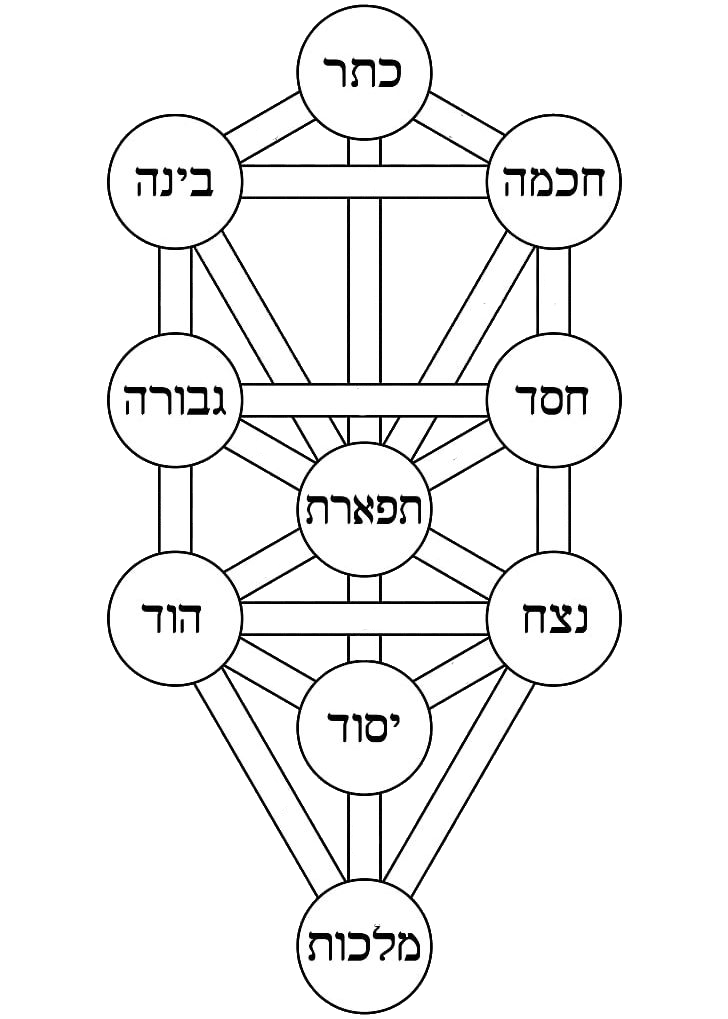
How did we get here? If we go back to Genesis, where Adam Kadmon dwelled with God in undifferentiated bliss, omniscient and without an Other. Steiner echoes this, “The Kabbala says this much more clearly. Adam Kadmon is the name of the sexless Adam. The ability to reason is now in human beings; earlier it was outside.”2 But Adam envied the companionship of the animals. God obligingly cleaved Adam in twain, giving rise to a mysterious Other, Eve, whose inner life Adam did not know himself. One could almost say that the origin of the Fall wasn’t Eve listening to the serpent, but Adam’s original envy of embodied animals to begin with. Eve, as the other half of Adam, merely continued his wish to its fulfillment. In their undifferentiated state, Adam had told God that God was not enough for him — why would Adam split in two be any less distracted? But in paradise, the Tree of Life had a different configuration.
Unfallen (Edenic) Tree of Life
Malkuth here is internalized, no dangling fruit hanging out of the organism —not estranged into the murky unconscious world below. The Kingdom of God is within, no longer concerned with external territorial disputes.
Yesod here is not divorced from the place of the Sun. Erotic feeling thrums within the heart for the spiritual world, detached from external pleasures. This is before Adam’s jealousy of beasts, who proceed two by two — though one could ask: was it not God who was dissatisfied with his own Oneness and created an Other in Adam? And thus Adam demanded his own Other in Eve?
Tiphareth reclaims the honorable place of Da’at, and the center of knowledge becomes the heart, rather than the head. Here, knowledge and love embrace. Knowledge becomes imbued with living feeling.
In the Edenic Tree of Life, Malkuth is positioned where we are used to seeing Yesod, and Yesod is at the site of Tiphareth. Malkuth is the feet, but the feet are transposed to the center of the genitals. Here we glimpse the esoteric association of feet and Yesod: “He who has bathed does not need to wash, except for his feet, but he is clean all over.”3 When one is contained within, cleaned from attachment to animal impulses, we find an intimation of the hygienic occultism of Eden.
In this configuration, Tiphareth has returned from its fallen position to the space formerly occupied by the “false sephira” Da’at. Because Yesod belongs to the Moon and Tiphareth to the Sun, the conjoining of the Sun and Moon is the inauguration of the divine hierogamy within the human being.
As the fall shifted Tiphareth-Yesod-Malkuth down one level each, the process of regeneration is an alchemical reversal of this Fall. The “Unfallen” Tree of Life is devotional, wherein mere technical knowledge no longer takes the lead, and the intellect ceases to serve the lower organism. Instead, the intellect serves to organize inspirations received from above.
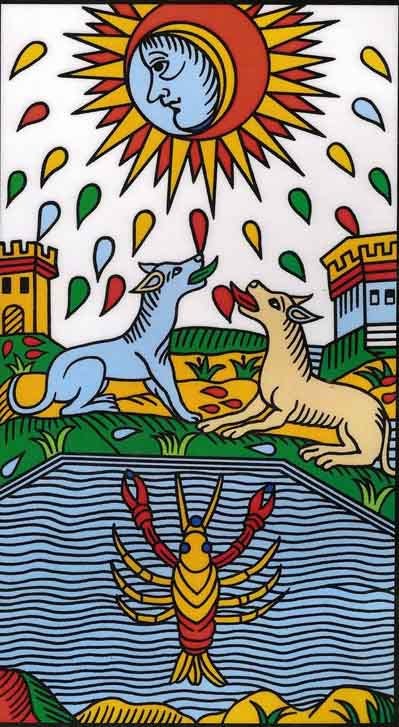
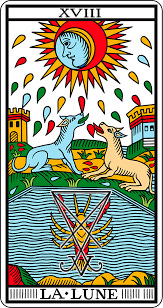
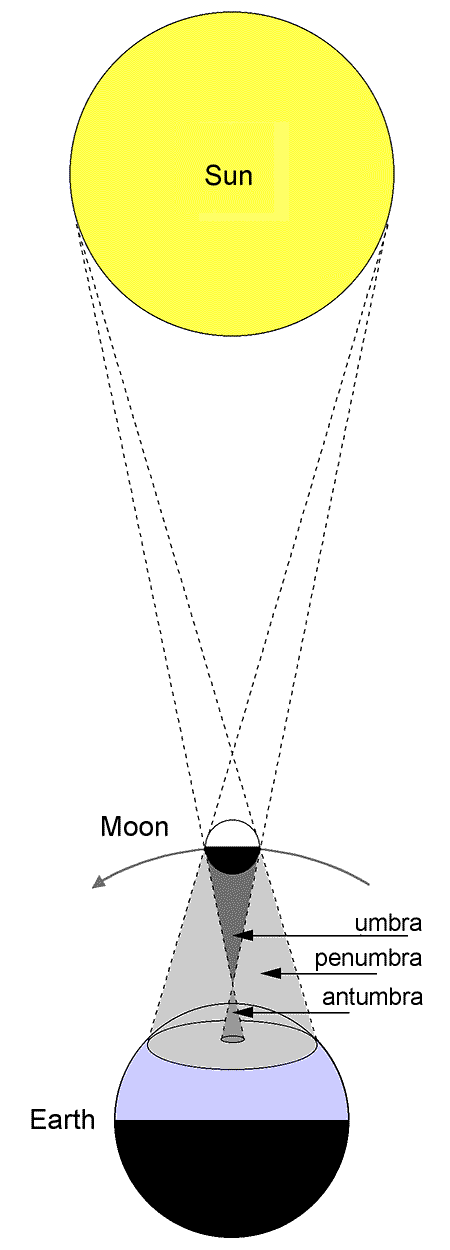
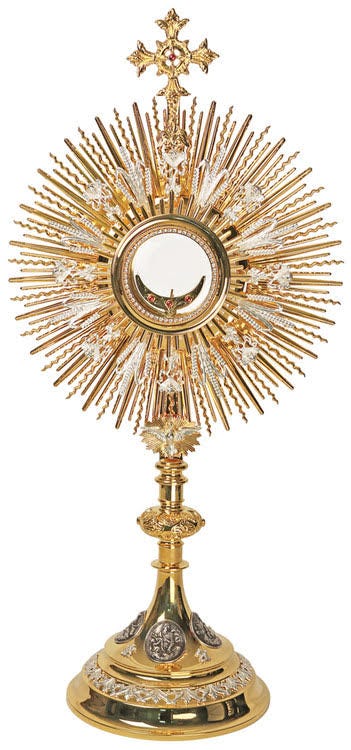
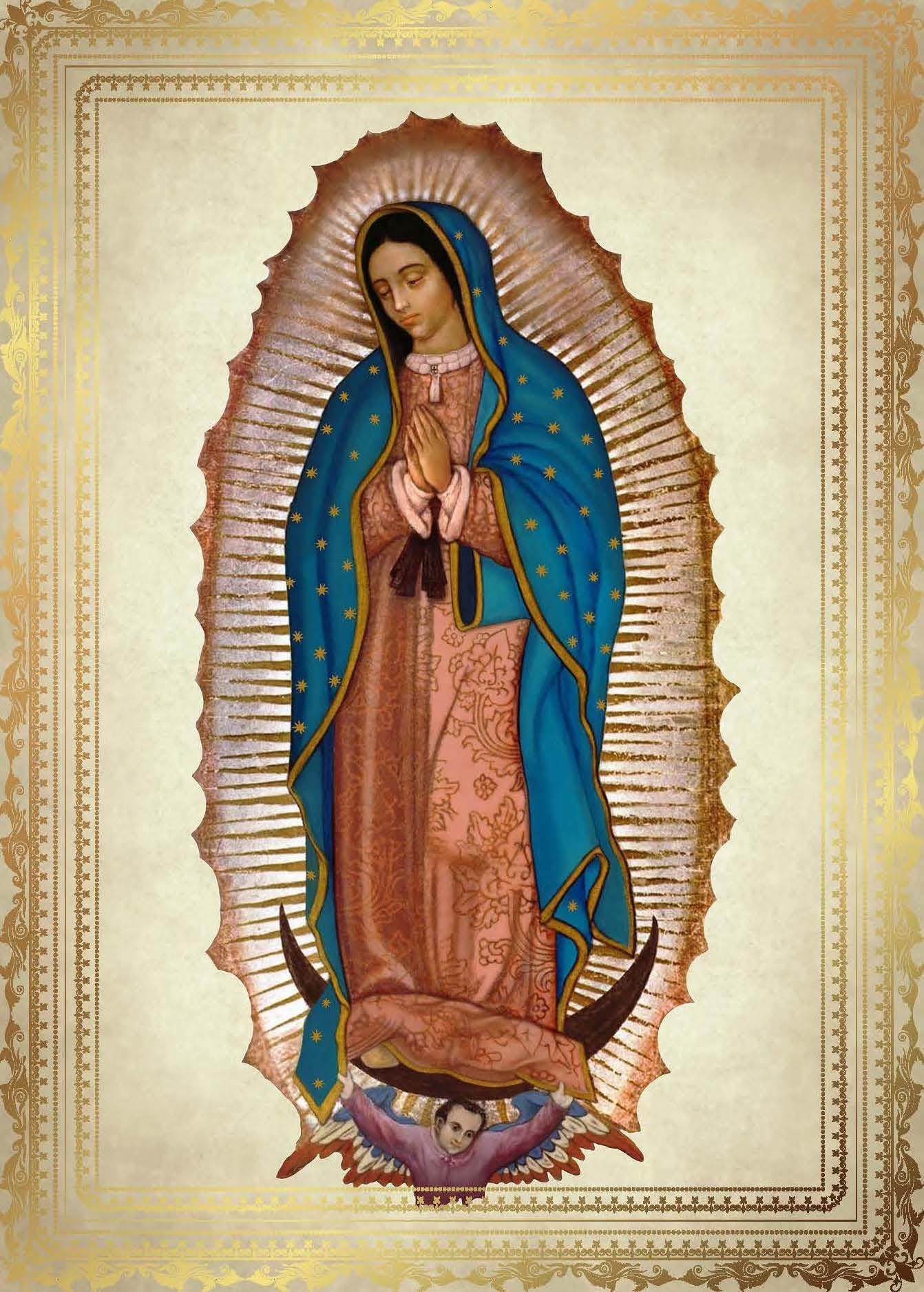
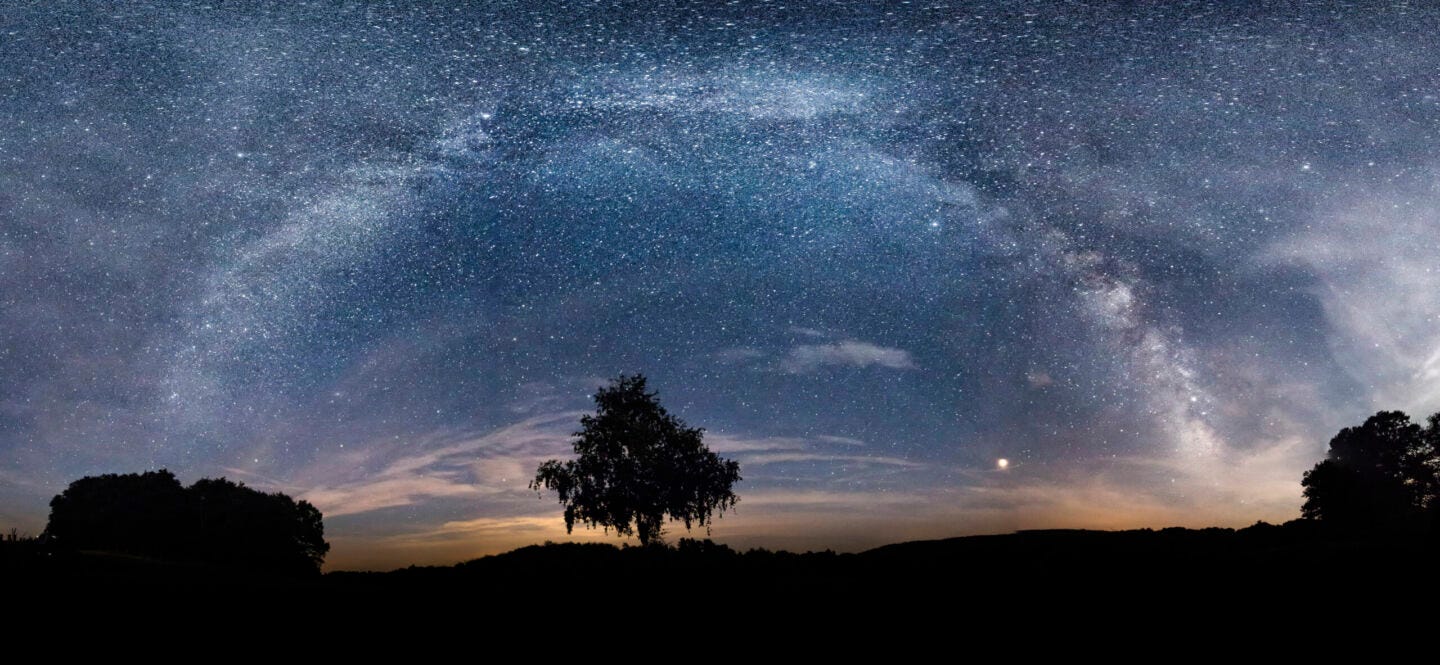
Here, the head now becomes filled with light. Rather than drawing its sense of illumination from how the external world stimulates it, it begins to draw its source of light from above. But we cannot stay here because Eden is barred to us by a fiery sword. As winter seems like a regression, yet allows further unfolding of new life, we descend in order to rise higher than our origins. No planet actually enters retrograde motion — every planet is always moving forward. Going back is not only undesirable, it is impossible. Nothing can repeat exactly as it was before: it must be made anew. Dead repetitions of the past are parasitic accretions on life.
“At midnight I saw the sun shining in its brilliant radiance.”4
In this restored state, the moon claims the former place of the sun, and the spiritual sun rises to unseat worldly knowledge. “It is not thanks to the suppression of intelligence or by becoming less intelligent that intuition is attained; but rather, on the contrary, it is thanks to its intensification — until it becomes creative and is thus united to its higher transcendental aspect, after which it is united with wisdom.”5 In this transformed state, what such a person thinks corresponds with reality, and if it does not yet conform to the present, it creates it: “his will then becomes free from every selfish desire, his thoughts become obedient to his will, his word becomes an act, and he may then rightfully be called an Adept.”6 Who has met such a man in all their lives? Would we even recognize him?
Do many of us even wish for something like this? A mode of existence in which every selfish whim is strangled in the cradle? We might want to be magnanimous, but simultaneously wish to take pride in being so generous. Few of us can give humbly and do so without recognition. “But when you give alms, do not let your left hand know what your right hand is doing, so that your alms may be in secret; and your Father who sees in secret will reward you.”7 This means to allow Chesed to predominate over Din, because the middle path — like the human heart — is off-centered. We should always err on the side of excessive mercy, because we do not recognize our own selfishness. To hide from the left what the right is doing, we must convince ourselves that we owe what we can give, and that we are merely doing part of our duty. We must convince our left hand that we are doing no charity at all, and in reality, we aren’t being charitable when we share with others: we can only give away what we were first given.
For most of us, sporadic sparks of illumination from above are enough. We tend to be content to be not a complete reprobate yet also not a saint. As St. Augustine prayed, “Lord, make me chaste — but not yet!” But this is dangerous territory, for the lukewarm, who are neither hot nor cold, shall be vomited out of God’s mouth.
“The union of the ‘moon’ and the ‘sun’ alone, in the human spiritual microcosm, still does not signify the experience of the spiritual macrocosm. It is not sufficient to elevate oneself to the transcendental Self; it is necessary, still further, that this transcendental Self perceives and becomes conscious of other ‘transcendental Selves’—many of which are higher than it. The transcendental Self of man, as eternal and immutable as it is, is not the ultimate summit in world evolution.”8
If we were to continue the process of self-abnegation to its end, we would forgo the need for purgatory (kama loka) after death and take enormous strides for the world to come. Whatever we have not worked through here, we will have to suffer exponentially more between this world and the next. Ehrenfried Pfeiffer writes about an experiment he made with organic wheat, conventional wheat, and biodynamic wheat. He placed all three types of grain in a wood-fired oven and baked them before planting them. The organic and conventional wheat all failed to sprout, but the biodynamic wheat grew tall and produced translucent grains whose protein content exceeded 15%. This is what happens to us if we become well-formed seeds before our death: the fires of purgatory only improve what has already been improved while the rest return to compost to feed the next attempts at new life.
Having fallen, we cannot return to Eden except as a layover on the way to a further ascent — or another fall.
This is Part 2 of a series. To read Part 1 click here. To read Part 3 click here.
1 Corinthians 1:13
R. Steiner, Concerning the Astral World and Devachan, pg. 170.
John 13:10
Apuleius, Transformations: The Golden Ass; trsl. R. Graves, Penguin 1940, p. 286)
Valentin Tomberg, Meditations on the Tarot, Letter XIX, The Sun
Franz Hartmann, Magic: Black and White
Matthew 6:3-5
Ibid.





